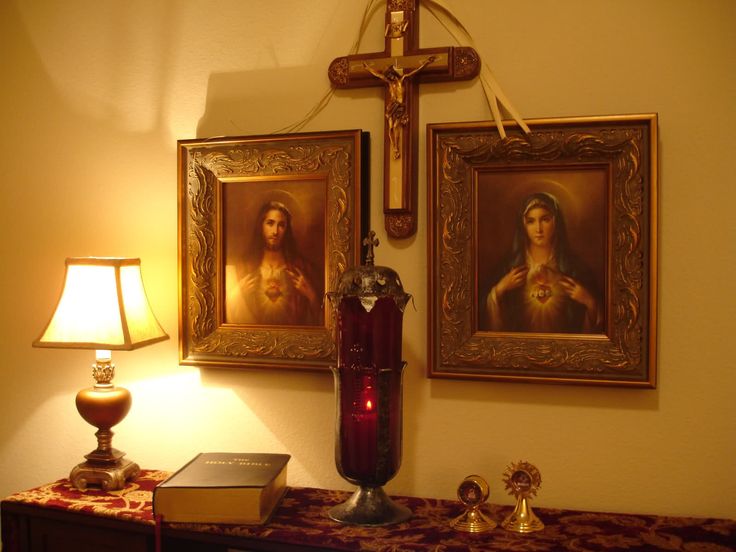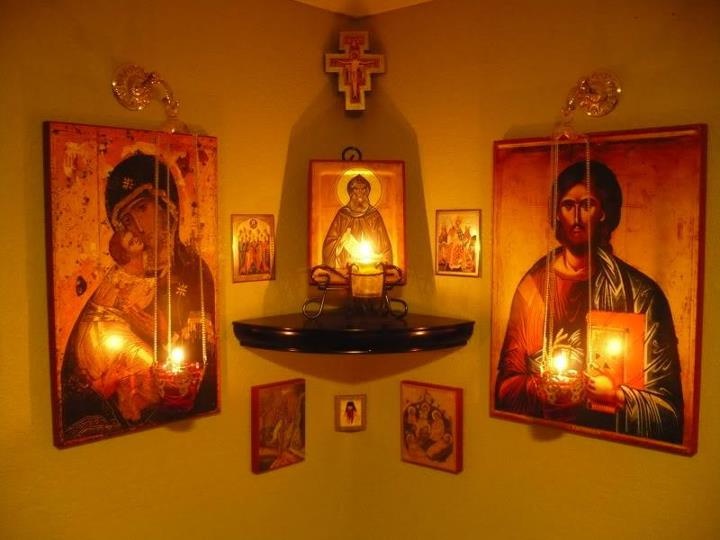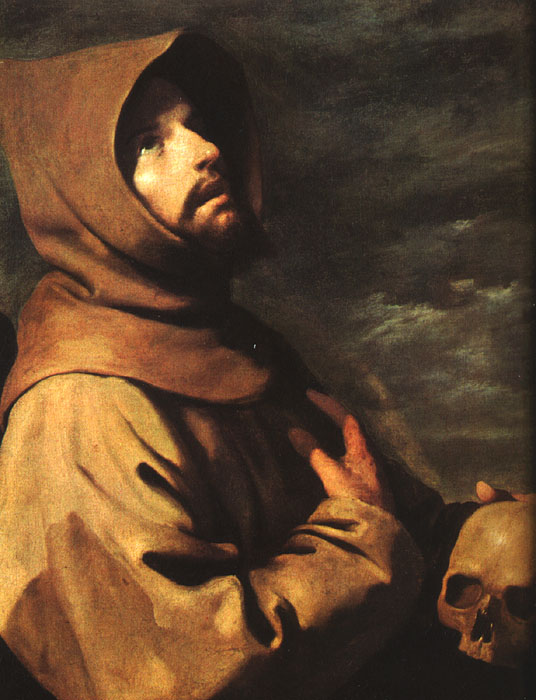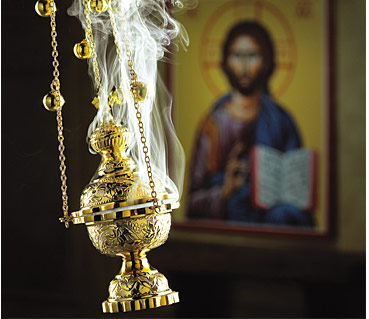 I have been invited by the OQ Farm in beautiful farmland close to Woodstock, Vermont) to lead a weekend retreat centered around the traditional formation that would been given to the great Catholic artists of the past. This will certainly be of interest to artists of any creative discipline; but not just artists. It is open to anyone seeking a traditional formation in beauty and inculturation that engenders creativity and openness to inspiration. It takes place from the 3-5th June, 2016.
I have been invited by the OQ Farm in beautiful farmland close to Woodstock, Vermont) to lead a weekend retreat centered around the traditional formation that would been given to the great Catholic artists of the past. This will certainly be of interest to artists of any creative discipline; but not just artists. It is open to anyone seeking a traditional formation in beauty and inculturation that engenders creativity and openness to inspiration. It takes place from the 3-5th June, 2016.
John Paul II said in his Letter to Artists, written in 1999, that every person has a personal vocation to contribute creatively and beautifully to the culture in some way as we go about our daily lives. In that sense we might become artists through supernatural means: by being united to Christ we are transformed and participate in the divine nature. St Athanasius was referring to this supernatural transformation in the 3rd century AD when he said that, 'God became man, so that we might become god'. Maximus the Confessor, in the 7th century AD, in reiterating this said that, 'One becomes all that God is, except an identity in being, when one is deified by grace.' Benedict XVI said that through this each of us can participate in the 'creative love of God'.
It is an extraordinary privilege, yet it is one that is offered through the Church to every single person.
 This call to be raised up so that God works through us, and to contribute creatively and beautifully to society, is the essence of the New Evangelization. Through grace we lead a life of beauty and contribute creatively to a new culture. It is by this beauty and love in our lives that others see Christ and are drawn to the Faith. This result is described by Benedict in his paper on the New Evangelization, written in 2001; and in the same paper he gives us the method by which we can participate in this. The method of the 'New' evangelization is rooted in the one which worked so successfully for the early Church. It is a traditional pattern of prayer, which incorporates different sorts of prayer and contemplation, and has the worship of God in the sacred liturgy at its heart. This will be a journey in which together we will study this short document (under 10 pages) and try to put into practice what he describes.
This call to be raised up so that God works through us, and to contribute creatively and beautifully to society, is the essence of the New Evangelization. Through grace we lead a life of beauty and contribute creatively to a new culture. It is by this beauty and love in our lives that others see Christ and are drawn to the Faith. This result is described by Benedict in his paper on the New Evangelization, written in 2001; and in the same paper he gives us the method by which we can participate in this. The method of the 'New' evangelization is rooted in the one which worked so successfully for the early Church. It is a traditional pattern of prayer, which incorporates different sorts of prayer and contemplation, and has the worship of God in the sacred liturgy at its heart. This will be a journey in which together we will study this short document (under 10 pages) and try to put into practice what he describes.
This is what formed the great evangelists of the past; and it also what enabled so many of the great painters of the past to create beauty for the greater glory of God. In many ways it is building on what was described in the book written by Leila Lawler and myself, the Little Oratory - A Beginner's Guide to Praying the Home. In this weekend we will go more deeply into the subject, learning more about how the beauty of the Catholic traditions of sacred art (as specified by Benedict XVI in his book the Spirit of the Liturgy), through form and content support the prayer life and the themes that he highlights in his paper on the New Evangelization. We will experience the methods he describes first hand the prayer that it describes, with additional insights.
As such it is a mini Catholic inculturation that you can benefit from and take with you to your domestic church. In fact the hope of this weekend is that what you get will not stop when you leave. Prayer at home, as well as in our parish church, is a vital component to what Benedict describes. Benedict told a synod on the family in 2008 that, 'The new evangelization depends largely on the Domestic Church. The Christian Family to the extent it succeeds in living love as communion and service as a reciprocal gift open to all, as a journey of permanent conversion supported by the grace of God, reflects the splendor of Christ in the world and the beauty of the divine Trinity.’ The point should be made here that this does not only apply to families, it is true for and open to everyone, no matter what their state in life. We all have a home, and so we can all create a domestic church! It is how we turn a house into a home.
In the beautiful and peaceful surroundings of rural Vermont you will:
- Learn to pray the Divine Office in English using traditional chant, so that you can do it at home or parish (no previous music training necessary)
- Learn to engage with visual imagery in your prayer - in the liturgy and in devotional and contemplative prayer (conspectio divina).
- Learn how to choose images, based upon traditional principle, for your own domestic church that will promote this supernatural transformation.
- Understand why the great figurative traditions of the sacred art of the Church are formed so as to engender such a transformation, both through the content - what they portray; and style - how they portray it.
OPTIONS:
Weekend Retreat Package: $375 per person
Arrive on Friday, 6/3 by dinner, depart by noon on Sunday, 6/5
Includes semi-private lodging and all weekend meals. A limited number of private rooms are available for an additional cost. Please see Lodging,Travel and Meals (link) for more information.
Saturday Commuter Package: $125 per person
Arrive by 8am Saturday, joining for all daytime activities and shared lunch -- departing before dinner
To book, and for more information please contact the Director of Arts Initiatives, Keri Wiederspahn: keri@oqfarm.org; 802.230.7779 or got to http://www.oqfarm.org/workshops-overview/
Below a beautiful icon of the transfiguration, painted by monks at Mt St Angel Abbey, Oregon. This is a painting of the event that anticipated Christ in glory in heaven. It is also a painting of the mystical body of Christ, the Church. When we are transformed, in Christ, in this life, we can be a pixel of light in his body, drawing people to the Faith.






 Engaging the Whole Person in Prayer Opens us up Further to Inspiration and Creativity - The Divine Office III,
Engaging the Whole Person in Prayer Opens us up Further to Inspiration and Creativity - The Divine Office III,  If in the context of the Liturgy our continuous prayer simultaneously engages the whole person then can we are opening ourselves up to the greatest degree possible to God’s grace. To the degree that we cooperate with grace this will help us make all our life decisions and help us to move towards the fulfillment of our personal vocation in life. This will be perfectly ordered also to the model of charity, that is, love of God. To the degree that we match these standards there will be perfect harmony with the objective standard of God’s will. This is the supernatural path to inner peace, peace with our neighbour and a life in harmony with creation.
If in the context of the Liturgy our continuous prayer simultaneously engages the whole person then can we are opening ourselves up to the greatest degree possible to God’s grace. To the degree that we cooperate with grace this will help us make all our life decisions and help us to move towards the fulfillment of our personal vocation in life. This will be perfectly ordered also to the model of charity, that is, love of God. To the degree that we match these standards there will be perfect harmony with the objective standard of God’s will. This is the supernatural path to inner peace, peace with our neighbour and a life in harmony with creation. Chant:
Chant: Incorporating the sense of smell
Incorporating the sense of smell





